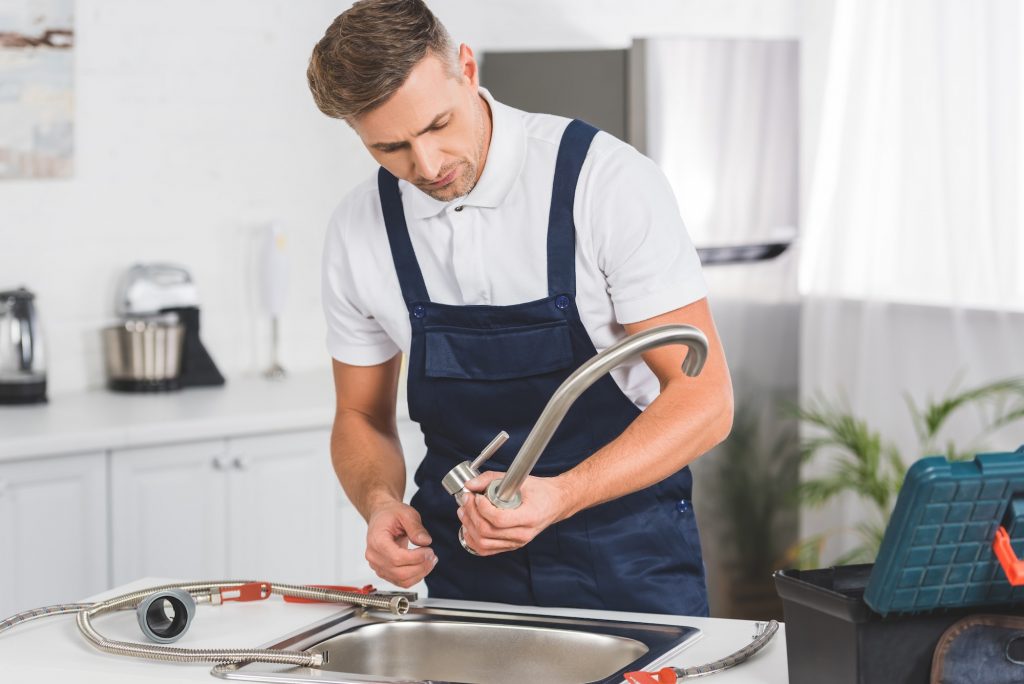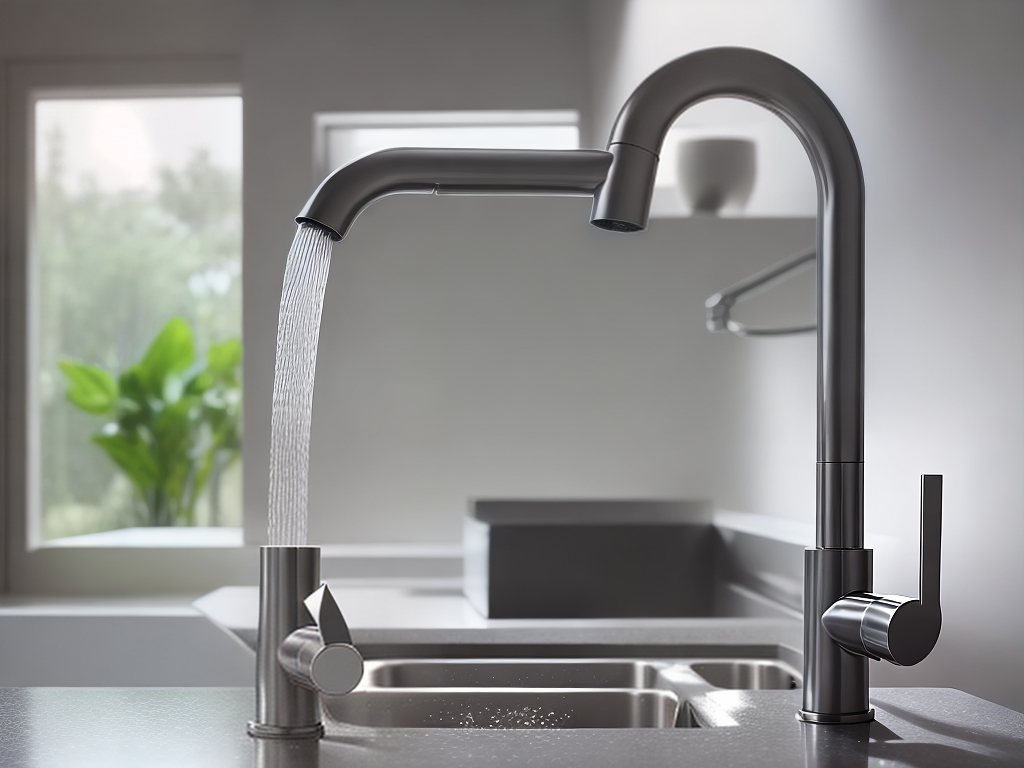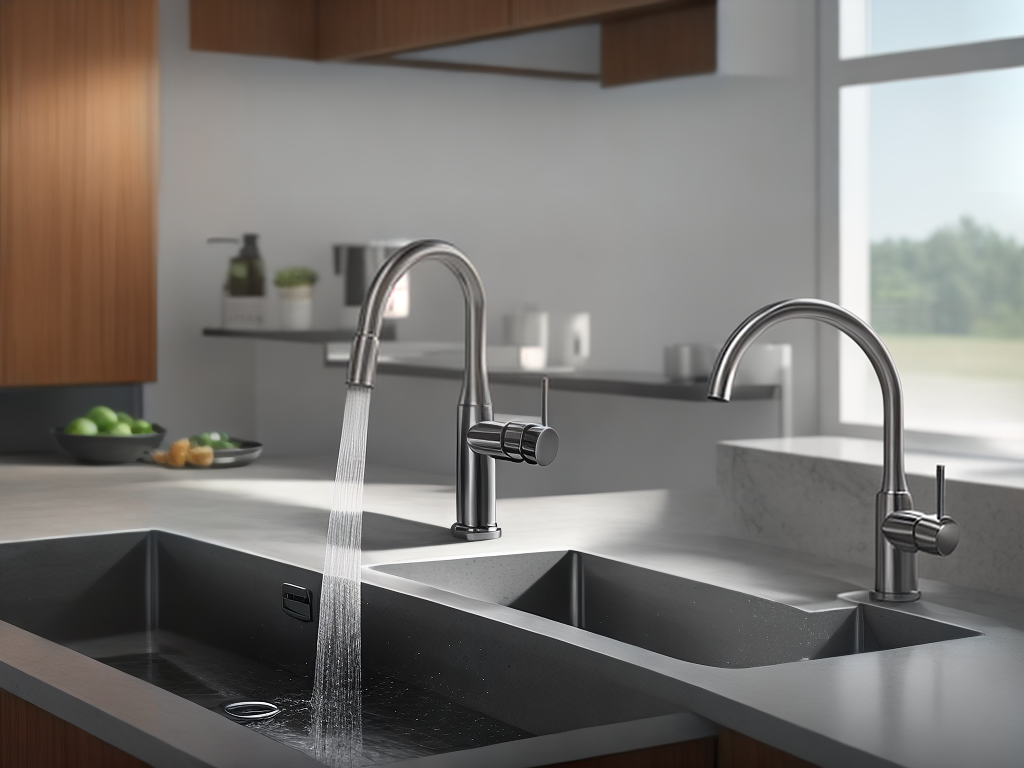
Replacing a kitchen faucet can seem daunting, but with the right tools and some basic DIY knowledge, it’s a project you can tackle with confidence. In this article, we’ll walk you through the process of properly replacing your old kitchen faucet, from why you might need to replace it to choosing the right replacement and taking you step-by-step through the installation process.
Reasons for Replacing Your Kitchen Faucet
Outdated Style
One reason to replace your kitchen faucet is to update the overall look of your kitchen. An outdated faucet can make your entire kitchen appear dated. Upgrading to a modern design can enhance your space’s aesthetics and keep your kitchen up-to-date.
Leaks and Drips
Leaks and drips are common issues with older faucets. Over time, the internal parts of the faucet can wear down, leading to leaks and a waste of water. It might be time for a replacement if you constantly tighten the faucet to stop it from dripping.
Functionality
Your needs in the kitchen may have changed over time, and your old faucet may no longer be meeting those needs. A new faucet with improved functionality, such as a pull-down sprayer or a touchless design, can make your kitchen tasks more efficient and enjoyable.
Choosing the Right Replacement Faucet
Matching Your Kitchen Style
When choosing a new faucet, it’s essential to consider the style of your kitchen. Look for a design that complements the overall theme, whether traditional, modern or something in between.
Considering Faucet Features
Modern faucets have many features, such as pull-out sprayers, touchless operation, and water filtration. Consider which features are most important to you and would best serve your needs in the kitchen.
Budget Considerations
Kitchen faucets come in a wide range of prices, so you must set a budget before shopping. Remember that while you may be able to save money by purchasing a lower-priced faucet, investing in a higher-quality product could save you money on repairs and replacements in the long run.
Tools and Materials Needed
Before you begin the faucet replacement process, gather the necessary tools and materials, including:
- Adjustable wrench
- Plumber’s tape
- Plunger
- Bucket
- Towels
- Replacement faucet
Step-by-Step Guide to Replacing Your Kitchen Faucet
Step 1: Turn Off the Water Supply
Before starting the process, turning off the water supply to your kitchen faucet is crucial. Locate the water shut-off valves beneath the sink and turn them clockwise to close them. Turning on the faucet to release any remaining water and pressure is a good idea.
Step 2: Disconnect the Water Lines
Place a bucket under the sink to catch any water that may spill. Carefully disconnect the water supply lines from the shut-off valves using an adjustable wrench. Keep some towels handy to wipe up any water that may escape.
Step 3: Remove the Old Faucet
With the water lines disconnected, you can now remove the old faucet. Depending on the design, you may need to unscrew the mounting nuts or brackets holding the faucet. Be patient and gentle, as older faucets may be difficult to remove due to corrosion or mineral deposits. Once the faucet is loose, carefully lift it from the sink and set it aside.
Step 4: Install the New Faucet
Following the manufacturer’s instructions, install the new faucet. This may involve inserting the faucet through the mounting holes in the sink and securing it with mounting nuts or brackets. Use the plumber’s tape on threaded connections to create a watertight seal.
Step 5: Reconnect the Water Lines
With the new faucet securely in place, reconnect the water supply lines to the shut-off valves using an adjustable wrench. Be careful not to overtighten the connections, which can damage the fittings.
Step 6: Turn On the Water and Test
Once everything is connected, turn the water supply valves counterclockwise to open them. Turn on the faucet and let the water run to check for leaks. If you notice any drips or issues, turn off the water supply and make necessary adjustments before testing again.
Troubleshooting Common Issues
Don’t be discouraged if you encounter any problems during the installation process. Here are some common issues and their solutions:
- Leaking connections: If you notice leaks at the connections, try tightening them gently. If that doesn’t resolve the issue, use the plumber’s tape to create a better seal.
- Low water pressure: Check the aerator for debris or mineral deposits if your new faucet has lower water pressure than expected. Cleaning the aerator may help improve the water flow.
Conclusion
Properly replacing your old kitchen faucet can breathe new life into your kitchen and improve its functionality. Following the steps outlined in this guide and selecting the right replacement faucet, you can transform your kitchen without needing professional help.
FAQs
- How do I know if I need to replace my kitchen faucet? Signs that it’s time to replace your faucet include leaks, drips, outdated style, and reduced functionality.
- Can I replace my kitchen faucet myself? Yes, with the right tools and a step-by-step guide, most homeowners can replace their kitchen faucets without professional help.
- What tools do I need to replace my kitchen faucet? Common tools include an adjustable wrench, plumber’s tape, plunger, bucket, and towels.
- How do I choose the right replacement faucet for my kitchen? Consider the style of your kitchen, the features you need, and your budget when choosing a new faucet.
- How long should it take to replace a kitchen faucet? The time it takes to replace a faucet varies depending on your experience and the complexity of the faucet design. However, most replacements can be completed within a few hours.




